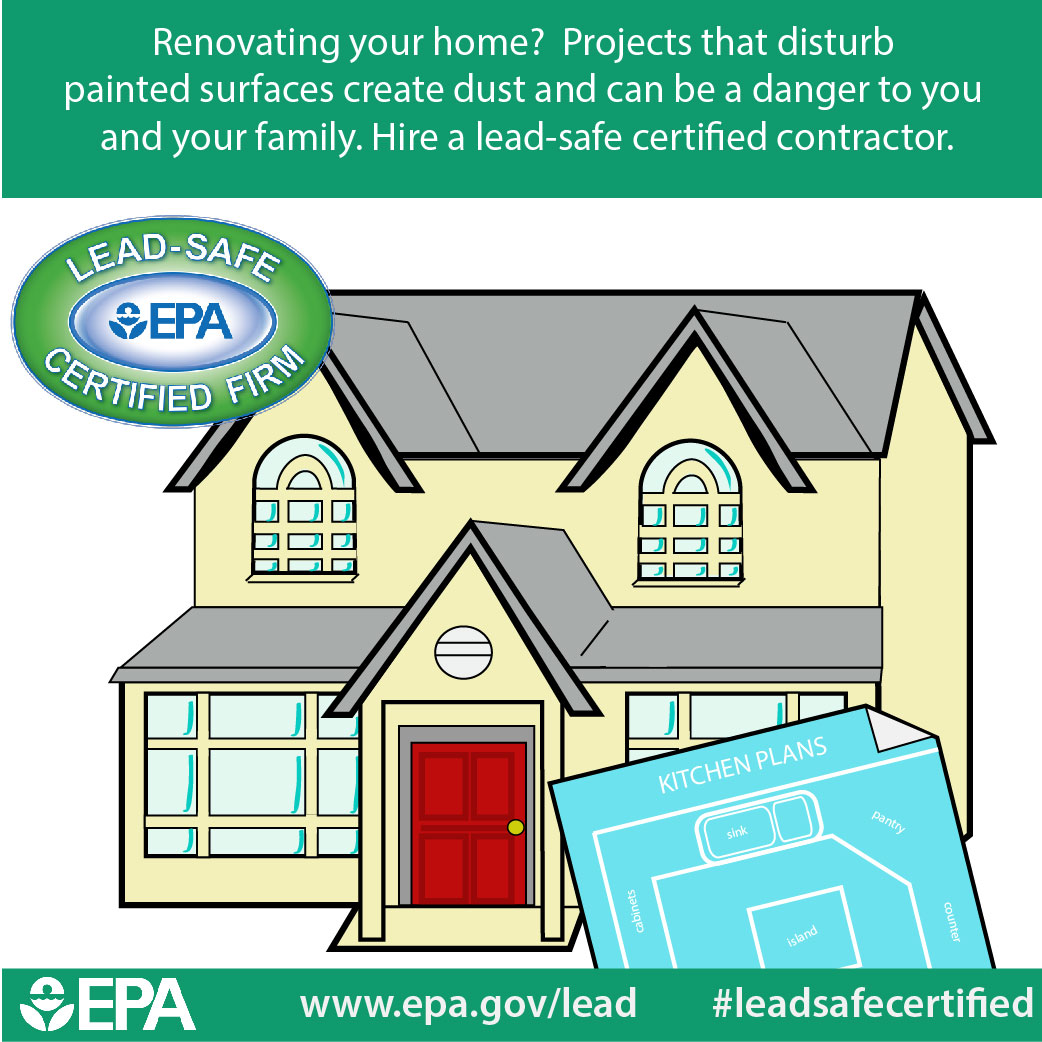Check Out The Duty Of Seasonal Factors In The Success Of Business Exterior Paint And Reveal The Most Effective Times To Secure Lasting Outcomes For Your Task
Check Out The Duty Of Seasonal Factors In The Success Of Business Exterior Paint And Reveal The Most Effective Times To Secure Lasting Outcomes For Your Task
Blog Article
Published By-Korsholm Celik
When you're planning an industrial external painting task, seasonal variables can make or damage your results. You'll wish to consider how temperature level and humidity effect paint application and drying times. Choosing the appropriate season can ensure your paint adheres appropriately and lasts much longer. However which periods are genuinely the best for this kind of job? Allow's check out the crucial elements that can affect your project's success.
The Influence of Temperature Level on Paint Application
When you're intending an industrial external painting project, the temperature level can dramatically impact exactly how well the paint sticks and dries.
Ideally, you want to repaint when temperatures range between 50 ° F and 85 ° F. If it's also cool, the paint may not heal correctly, leading to issues like peeling or breaking.
On the flip side, if it's as well hot, the paint can dry as well promptly, preventing appropriate bond and causing an unequal coating.
You must also think about the time of day; early morning or late afternoon provides cooler temperatures, which can be extra positive.
Always examine the supplier's referrals for the details paint you're using, as they frequently supply assistance on the optimal temperature level variety for optimal results.
Humidity and Its Impact on Drying Times
Temperature level isn't the only ecological factor that affects your business exterior paint project; humidity plays a significant duty too. High moisture degrees can reduce drying out times significantly, affecting the total high quality of your paint work.
When the air is saturated with moisture, the paint takes longer to heal, which can lead to problems like poor attachment and a higher threat of mildew development. If you're repainting on a particularly damp day, be gotten ready for extended delay times in between coats.
It's vital to check local weather and strategy appropriately. Preferably, go for humidity levels between 40% and 70% for optimum drying out.
Keeping these consider mind ensures your project remains on track and delivers a lasting finish.
Best Seasons for Commercial Exterior Paint Projects
What's the best time of year for your business outside paint tasks?
Springtime and early loss are normally your best bets. Throughout these periods, temperature levels are moderate, and humidity degrees are commonly lower, creating suitable conditions for paint application and drying out.
Avoid summertime's intense heat, which can cause paint to completely dry too swiftly, leading to poor bond and coating. Similarly, winter months's cold temperatures can impede proper drying and curing, risking the durability of your paint job.
Aim for days with temperatures in between 50 ° F and 85 ° F for optimum outcomes. Bear in mind to check the regional weather prediction for rainfall, as wet problems can destroy your task.
Preparation around these factors guarantees your paint job runs efficiently and lasts much longer.
Verdict
To conclude, preparing your industrial outside paint tasks around seasonal factors to consider can make a considerable distinction in the end result. By organizing go to this site during the optimal temperature levels and humidity levels, you'll make sure far better adhesion and drying times. Keep in brick painters to watch on local weather prediction and pick the correct time of year-- springtime and very early autumn are your best options. Taking these actions will certainly help you achieve a resilient and expert finish that lasts.
